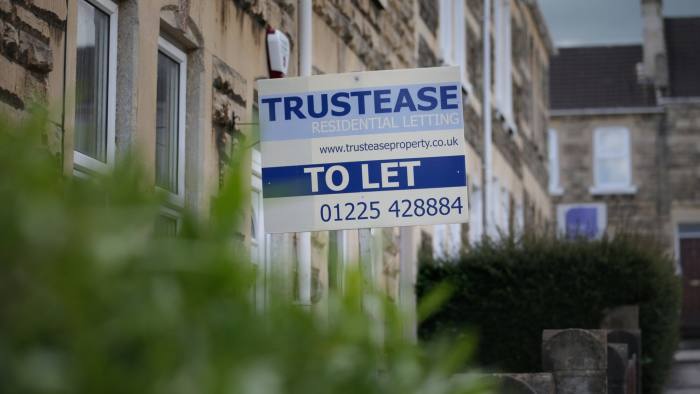Falling house prices and steady or rising rents have improved yields for buy-to-let landlords on properties in England and Wales.
Analysis from Hamptons International, an estate agent, found that average yields had crept up to 5.9 per cent in the last six months of 2018, having fallen every year since 2015.
London showed the second biggest rise in yields of any region to 4.6 per cent, after a fall in house prices in the capital.
Aneisha Beveridge, research director at Hamptons, said: “London has seen one of the biggest changes because house prices have fallen over the last year. Rental growth was pretty sluggish for half of the year then it started picking up again, whereas house prices have been on a downward trajectory.”
Figures from the Office for National Statistics last week showed average house prices fell in London by 3.8 per cent in the year to February, accelerating the decline of 2.2 per cent recorded in the figures for the year to January. Across the UK, average prices rose by 0.6 per cent, the slowest increase since September 2012.
Hamptons looked at the sale prices of homes that had been rented out to calculate a gross yield — the ratio of rental income to the property’s value. Gross yields allow a simple comparison of properties at a range of values and with different levels of rent but do not account for factors such as maintenance bills, insurance or interest rates.
High yields are often associated with places where house prices are relatively low. The Hamptons analysis found the top 10 local authorities with the highest yields were in the north-east and north-west of England. Hartlepool topped the list with a yield of 11.3 per cent, ahead of Pendle and County Durham.
Landlord investors have been under steady pressure in recent years following a wave of tax and regulatory changes in the sector. These include higher stamp duty on additional homes and the withdrawal of tax relief on mortgage interest payments.
Separate research by Hamptons this month found 59 per cent of London-based landlords were now investing outside the capital, compared with 25 per cent in 2010.
One-third of these investors bought buy-to-let properties in the Midlands and the north of England in the past 12 months.
Ms Beveridge said yield had become far more important to investors who could no longer take capital appreciation for granted when buying in expensive areas. “London landlords are going a lot further to try and catch those high yields and get that regular stream of income,” she said.
Growth in rents tends to match growth in local average earnings in the long term, even if rents vary widely across regions in the short term. The current share of earnings spent on rent is 30 per cent, in line with the long-term average, according to figures last week from Zoopla.
While rents in London and south-east England have grown strongly since 2008, they have slowed in the past two years as tenants have reached the limits of rental affordability and migration to the capital has slowed. Zoopla said average rents in London had remained unchanged since 2014.
Richard Donnell, Zoopla research and insight director, said: “Rental growth [in London] is set to remain subdued in the near term, but the underlying demand for renting is set to remain robust largely a result of the high cost of home ownership, in terms of deposits and income required to buy.”




